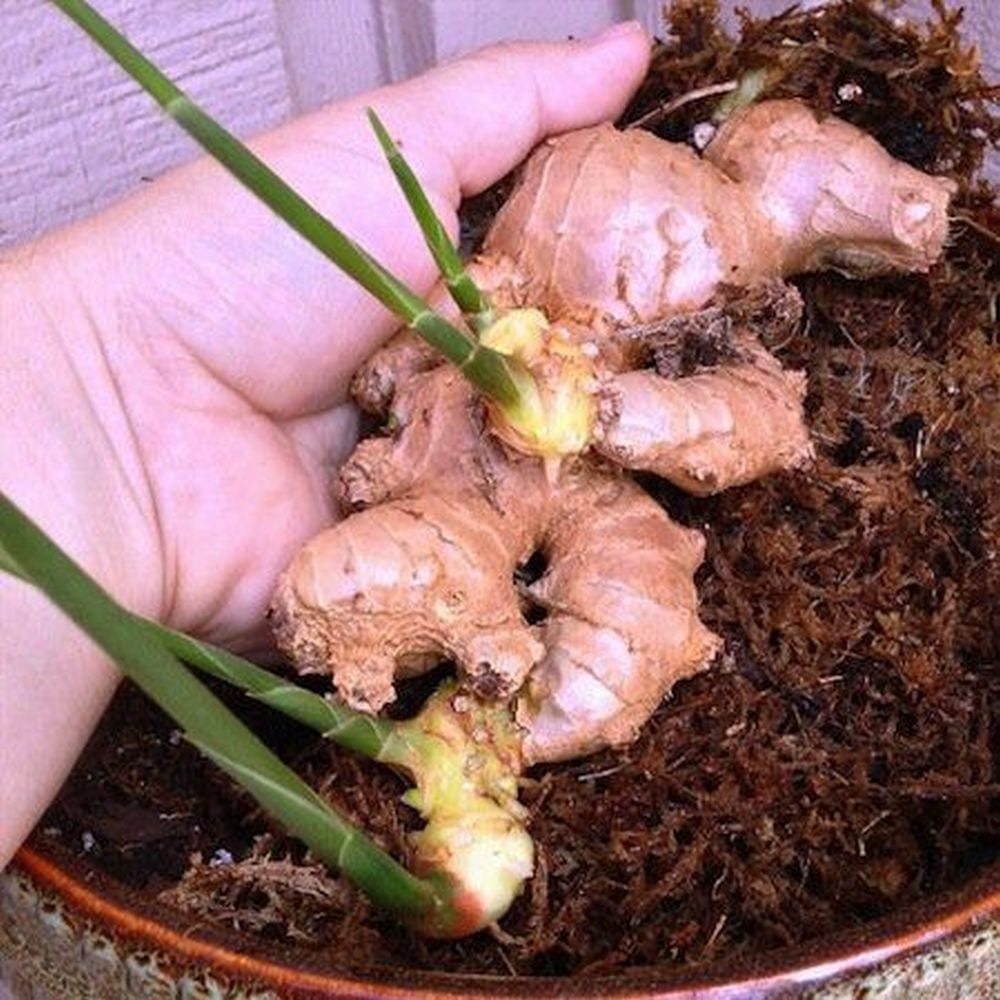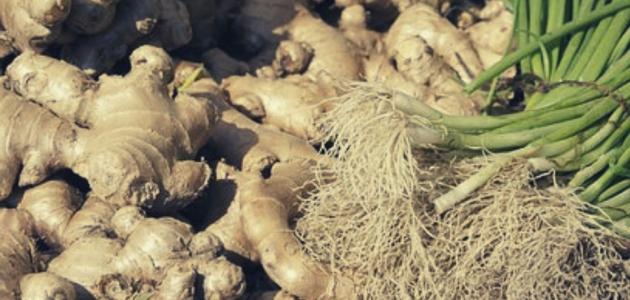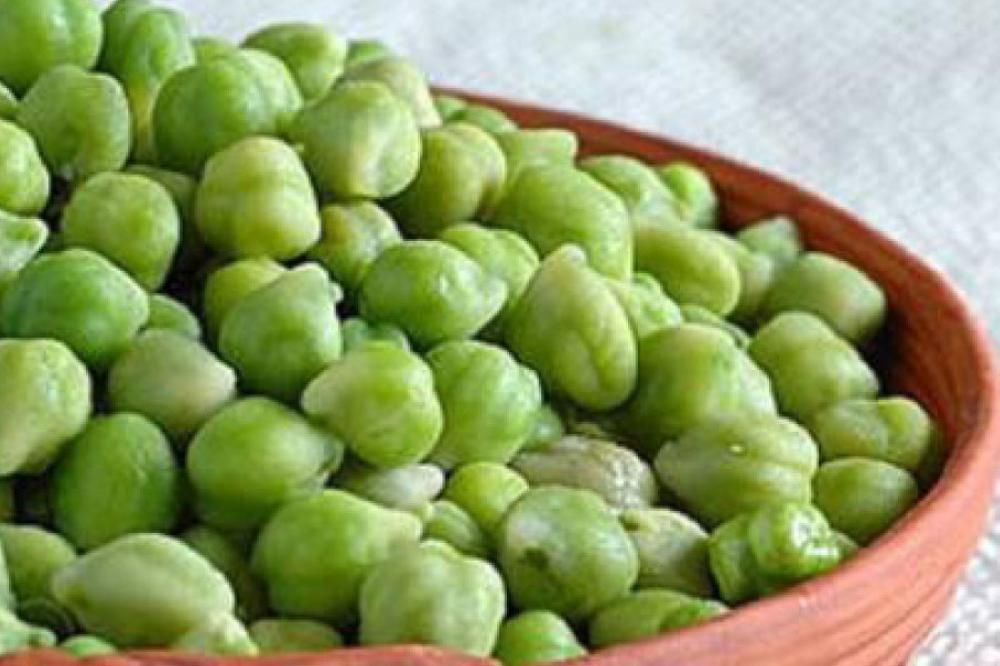Title: How to Grow Ginger: A Comprehensive Guide
Introduction:
Ginger is a versatile and aromatic spice that adds flavor and depth to numerous dishes. Whether you're an avid home chef or a gardening enthusiast, growing your own ginger can be a rewarding experience. In this guide, we will explore the origins of ginger, explain how it is grown, and provide step-by-step instructions on cultivating and harvesting your own ginger crop.
Part 1: Understanding Ginger and its Origins
- Where is ginger grown?
- Ginger is native to Southeast Asia, specifically originating from India and China.
- Today, ginger is cultivated in various tropical and subtropical regions across the world, including India, China, Nigeria, Indonesia, and Bangladesh.
- In addition to its widespread growth in Asia, ginger is also cultivated in countries like Australia, Brazil, and Jamaica.
Part 2: Growing Ginger
-
Preparing for cultivation:
- Choose a suitable planting location: Locate a spot where ginger can receive partial sunlight or filtered shade.
- Soil preparation: Ensure the soil is well-draining, loamy, and rich in organic matter.
- Purchase quality ginger rhizomes: Select fresh, plump ginger rhizomes from a trusted nursery or online store.
-
Planting ginger:
- Soak the rhizomes overnight: Before planting, soak the ginger rhizomes in warm water overnight to promote sprouting.
- Prepare the soil: Loosen the soil and incorporate compost or well-rotted manure into the planting area.
- Plant the rhizomes: Plant the soaked rhizomes with their buds facing upwards about 2 to 4 inches deep into the soil. Space them 6 to 8 inches apart and cover them with soil.
-
Caring for ginger plants:
- Watering: Keep the soil moist but not waterlogged. Ginger requires consistent watering, especially during warm, dry periods.
- Temperature and humidity: Ginger thrives in warm and humid conditions. Maintain temperatures between 75°F to 85°F (24°C to 29°C) and humidity levels above 50%.
- Fertilizing: Apply a balanced organic fertilizer during the growing season to provide necessary nutrients. Follow the manufacturer's instructions.
- Mulching: Apply a layer of organic mulch around the plants to conserve moisture and suppress weed growth.
-
Harvesting ginger:
- Timing: Ginger is typically harvested 9 to 10 months after planting or when the leaves turn yellow and start to die back.
- Lift the rhizomes: Gently dig around the base of the plant and lift the rhizomes, being careful not to damage them.
- Harvesting a portion: If desired, you can harvest only part of the ginger rhizome, leaving the rest to grow for future cycles.
- Storage: After harvesting, allow the ginger to air dry for a few hours before cleaning and storing it in a cool, dry place.
Conclusion:
Growing ginger can be a gratifying endeavor, bringing fresh, flavorful spice right from your own garden to your kitchen. By understanding the origins, following proper planting procedures, and providing adequate care, you can enjoy a bountiful harvest of this versatile spice. Happy ginger growing!



 Admin
Admin 






